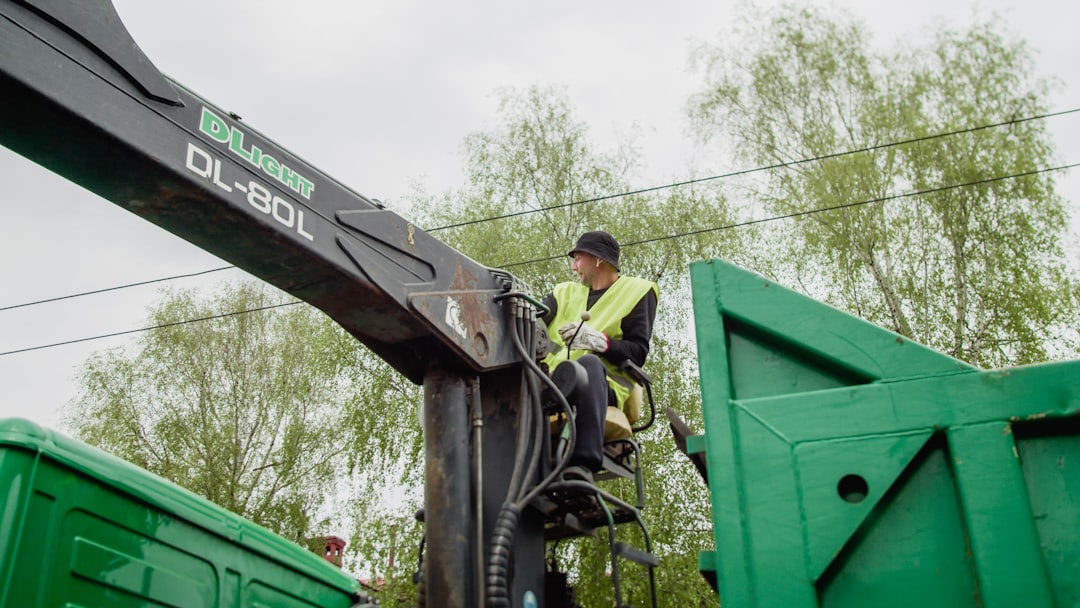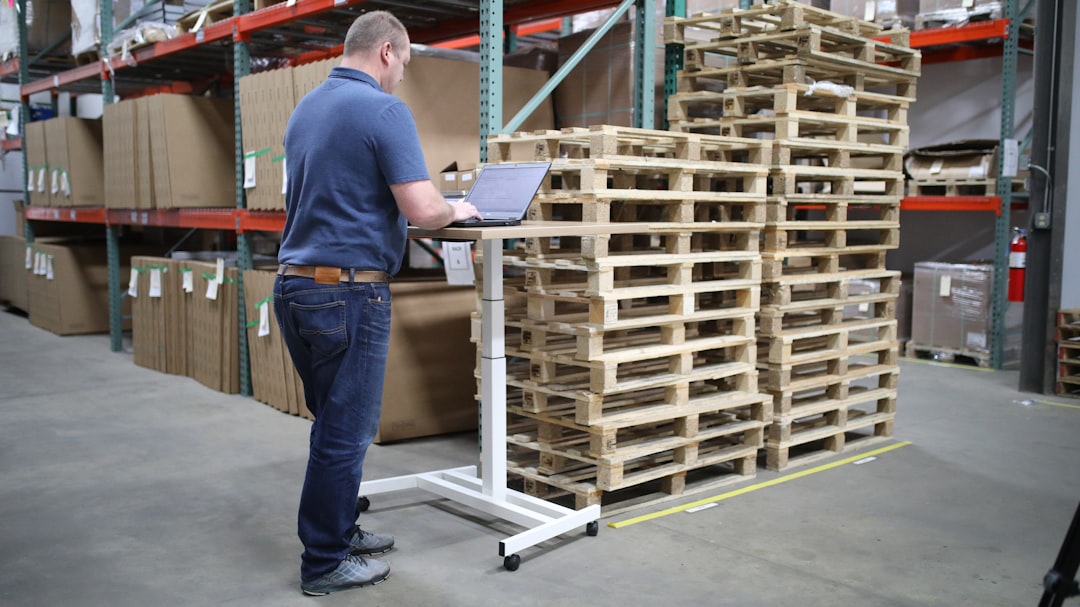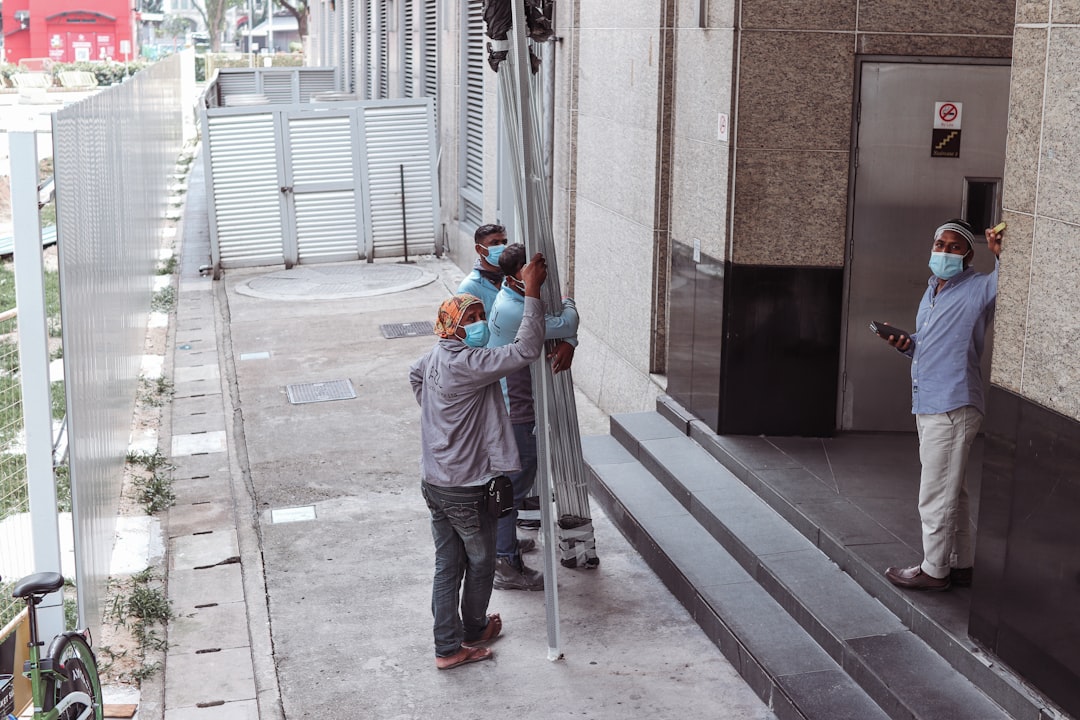

Engage prospects with a scan and streamline customer engagement with FREE QR code marketing tools by Sona – no strings attached!
Create a Free QR CodeFree consultation

No commitment

Engage prospects with a scan and streamline customer engagement with FREE QR code marketing tools by Sona – no strings attached!
Create a Free QR CodeFree consultation

No commitment
In today’s digitally driven world, QR codes have transformed from a novelty into a strategic powerhouse in connecting offline engagement with online action. For countertop resurfacing services, QR codes offer an engaging, simple, and highly effective way to capture leads and generate targeted inquiries without the need for app downloads or complex onboarding. This technology is especially valuable for linking print collateral, worksite signage, and direct mail to a digital experience tailored for homeowners researching kitchen and bathroom renovation options. For broader applications, see QR codes in marketing and the scan-and-pay evolution in this scan-and-pay history overview.
The countertop resurfacing market faces challenges in engaging prospects at exactly the right moment, whether it is during a showroom visit, after receiving a direct mail piece, or while viewing an installation in progress. Many businesses miss high-value prospects because information is not captured or tracked in real time, resulting in lost opportunities and inefficient follow-up. QR codes streamline interactions by allowing professionals to collect lead information instantly, showcase before-and-after transformations, and share timely offers, all with minimal friction. They also enable tracking every touchpoint and capturing previously anonymous site visitors. See Sona’s account identification guide for details.
By strategically integrating QR codes into both traditional and digital marketing activities, countertop resurfacing services can boost conversion rates, gather better data, and create a seamless customer experience for those interested in eco-friendly solutions, price comparisons, or DIY resources. This unified approach eliminates gaps between campaigns, ensures consistent messaging, and provides actionable insights for both customer acquisition and upsell opportunities. The result is a reliable system that turns casual interest into booked consultations, supports consistent follow-up, and proves which placements and messages lift results most.

QR codes bridge the gap between physical marketing assets and digital lead capture, streamlining outdated analog processes such as printed brochures, manual sign-up sheets, and paper feedback forms. Many countertop resurfacing firms face the frustration of not knowing which of their print materials convert best or missing out on high-value inquiries collected at events, leaving potential leads untracked in their CRM systems. By replacing analog interactions with scan-to-action pathways, you can capture information in real time, reduce data entry errors, and accelerate follow-up.
A dedicated QR management platform like Sona QR can automate scan tracking, journey mapping, and data sync to your CRM. This ensures you track every meaningful interaction from first touch to qualified opportunity without introducing bottlenecks for your team.

Countertop resurfacing teams frequently struggle with a lack of visibility into who interacts with their offline materials, leading to uncertainty about which campaigns drive the highest-quality leads. The space faces unique marketing hurdles, from tracking ROI on home show events to closing the gap between mailed offers and website engagement. QR codes directly address these pain points by turning every printed or in-person interaction into a measurable digital step.
Appointment cards, service reminders, showroom placards, and promotional flyers all become measurable lead sources. When every print touchpoint invites a scan and triggers a trackable action, you improve both lead quality and attribution.

Marketers in countertop resurfacing often struggle with inconsistent data capture and limited touchpoint attribution, especially when shifting between digital and offline channels. A mix of QR formats can cover your core needs, from quick information sharing to contact capture and reviews.
Dynamic QR codes are particularly valuable for teams that need tracking and content updates. Static codes can support evergreen use cases like business cards or a standard review link, where analytics and frequent changes are less critical.

Identifying the right moments to reach homeowners or property managers is a persistent challenge in resurfacing. Missed timing often leads to lost leads or smaller deal sizes. The best approach is to put QR codes where attention is already focused and curiosity is high, then connect that moment of interest to a fast digital action.
By making every physical touchpoint actionable, you transform curiosity into measurable engagement. This approach minimizes missed connections and turns your offline footprint into a steady source of qualified leads.
These use cases maximize lead capture from print, strengthen post-service engagement, and reveal the moments when homeowners are ready for a consultation, an upsell to premium finishes, or a referral request. Over time, your team can analyze which use cases generate the best conversion rates and allocate budget accordingly.
One of the biggest missed opportunities in countertop resurfacing is failing to segment and retarget high-intent audiences. Every scan indicates a level of intent and provides context that you can use to personalize follow-up. By distributing unique QR codes across channels and placements, each scan can create or enrich a segment that informs your nurture strategy.
With Sona QR, each code becomes a smart entry point to your funnel. Scans can automatically populate lists and trigger workflows, closing the gap between offline curiosity and digital nurture.
Countertop resurfacing providers often find that disconnected campaigns and inconsistent messaging hinder measurement and conversion. QR codes unify these efforts by connecting offline impressions to digital actions and by standardizing data capture across every channel.
A centralized platform like Sona QR lets you manage codes, monitor performance, and sync scan data with your CRM. This creates a consistent offline-to-online funnel and supports faster, smarter decisions about creative, placement, and budget.
Most resurfacing teams see the best results when they plan QR campaigns with the same rigor as paid media. Use this checklist to move from idea to measurable impact.
Start by aligning QR codes with a single, concrete objective. Common goals include converting walk-by interest into booked estimates at active job sites or scraping more leads from home shows where badge scans can be unreliable.
Articulate a success metric, such as 15 percent scan-to-form completion or 30 new estimate requests from a weekend event. Clear targets create alignment across marketing and sales.
Your choice of QR format affects flexibility, attribution, and measurement. Select a type that supports your goal and context.
If you plan to run tests or rotate offers, dynamic codes will save time and money. They also enable UTM parameters and unique destinations per placement for better attribution.
A well-designed code improves scan rates and ensures a smooth path to action. Good design speaks to intent, brand, and environment.
Small details matter, including quiet space around the code and sufficient size for the viewing distance. For yard signs, consider at least 1 inch of code width per 10 feet of viewing distance.
Distribute unique codes across placements to maximize relevance and traceability. A varied deployment strategy creates more opportunities for qualified scans.
Coordinate with sales and field teams so they know which offer is live where. Provide scripts that encourage scanning during conversations, such as Would you like to see how quartz-look epoxy holds up to heat and stains? You can scan here for a quick video and a quote.
Measurement closes the loop and compounds results over time. Treat every QR deployment as an experiment you can improve.
Share insights with your team weekly. For example, if yard sign scans convert at twice the rate of vehicle wrap scans, allocate more budget to yard signage and test stronger CTAs on vehicles.

Connecting scan activity to revenue impact is a core challenge in countertop resurfacing. Without robust analytics, teams rely on guesswork about which campaigns generate quotes, bookings, and closed jobs. Linking scans to downstream events solves this problem and turns QR codes into a performance channel.
Sona QR captures real-world engagement and syncs it to your marketing stack. Sona.com extends this by linking scans with website visits, ad clicks, and CRM activity to form a complete buyer journey. The result is a clear line from scan to revenue that supports budget allocation and creative decisions.
Consistent execution multiplies the impact of QR codes across your marketing mix. Focus on a few best practices and scale from there.
Two creative deployment ideas to test: add a QR code on sample kits that routes to a material durability demo and a limited-time upgrade offer, and include a QR on estimate prints that links to a personalized video walkthrough of scope and finish options.
QR codes have moved from nice-to-have to mission-critical for countertop resurfacing services that want to convert fleeting offline interest into qualified leads and revenue-generating projects. As competition intensifies and homeowners expect seamless experiences, integrating QR touchpoints throughout the customer journey prevents lost opportunities from missed data, slow follow-up, or inconsistent messaging. Every sign, sample, brochure, and invoice can become an on-ramp to an action that you can track and optimize.
By deploying QR codes strategically, analyzing scan and conversion data, and integrating with your CRM and marketing automation, you create a responsive system that meets prospects at the moment of interest. Providers that master this approach will outpace competitors with faster engagement, sharper attribution, and higher close rates, while delivering standout customer experiences from first scan to finished surface. With tools like Sona QR and Sona.com, you can launch quickly, measure rigorously, and turn each scan into a step toward long-term growth. Start creating QR codes for free.
QR codes have transformed countertop resurfacing services from traditional marketing methods into dynamic, measurable lead generation tools. Whether it’s capturing new customer inquiries, enhancing client engagement during consultations, or streamlining follow-up communications, QR codes enable quick, mobile-friendly interactions that turn interest into actionable leads. Imagine instantly knowing which promotional materials or showroom displays drive the most bookings—and being able to optimize your marketing in real time.
With Sona QR, you can effortlessly create dynamic, trackable QR codes that update campaigns without the need to reprint, connecting every scan directly to your sales funnel. This means no missed opportunities and a clearer view of how your marketing investment translates into revenue growth. Start for free with Sona QR today and transform every scan into a valuable customer connection and a step closer to your next resurfacing project.
QR codes connect offline marketing materials to digital actions, enabling real-time lead capture, higher conversion rates, dynamic updates, and measurable tracking across campaigns.
By replacing paper forms with scan-to-form flows on estimates, signage, and mailers, countertop resurfacing businesses can capture contact details instantly and feed data into their CRM for immediate follow-up.
Common types include web link QR codes for landing pages, vCard QR codes for contact sharing, form QR codes for scheduling, review QR codes for customer feedback, SMS or email QR codes for messaging, Wi-Fi access codes for showrooms, and app download QR codes.
Dynamic QR codes allow marketers to update offers and destinations without reprinting materials, track scans and user behavior in real time, and segment leads for personalized follow-up.
Effective placements include on-site signage, job trailers, direct mailers, showroom displays, vehicle wraps, community boards, and event booths where homeowner interest is high.
By tracking scans with analytics dashboards, linking scan data to CRM records, monitoring conversion rates like scan-to-form completion and booked appointments, and using multi-touch attribution models to connect scans to revenue.
Key steps include choosing a clear use case, selecting the appropriate QR code type, designing and testing the code for visibility, deploying unique codes across channels, and tracking performance to optimize results.
QR codes provide a simple, fast way for homeowners to access quotes, view before-and-after photos, submit project details, and review care instructions without searching or saving print materials.
Yes, QR codes on invoices, warranty cards, and completion checklists can prompt customers to leave reviews, access care guides, and join referral programs, strengthening ongoing relationships.
They unify offline and digital efforts by connecting print collateral, direct mail, social media, events, and digital signage through trackable scan actions that feed into centralized analytics and CRM systems.
Use Sona QR's trackable codes to improve customer acquisition and engagement today.
Create Your FREE Trackable QR Code in SecondsJoin results-focused teams combining Sona Platform automation with advanced Google Ads strategies to scale lead generation

Connect your existing CRM

Free Account Enrichment

No setup fees
No commitment required

Free consultation

Get a custom Google Ads roadmap for your business






Launch campaigns that generate qualified leads in 30 days or less.
